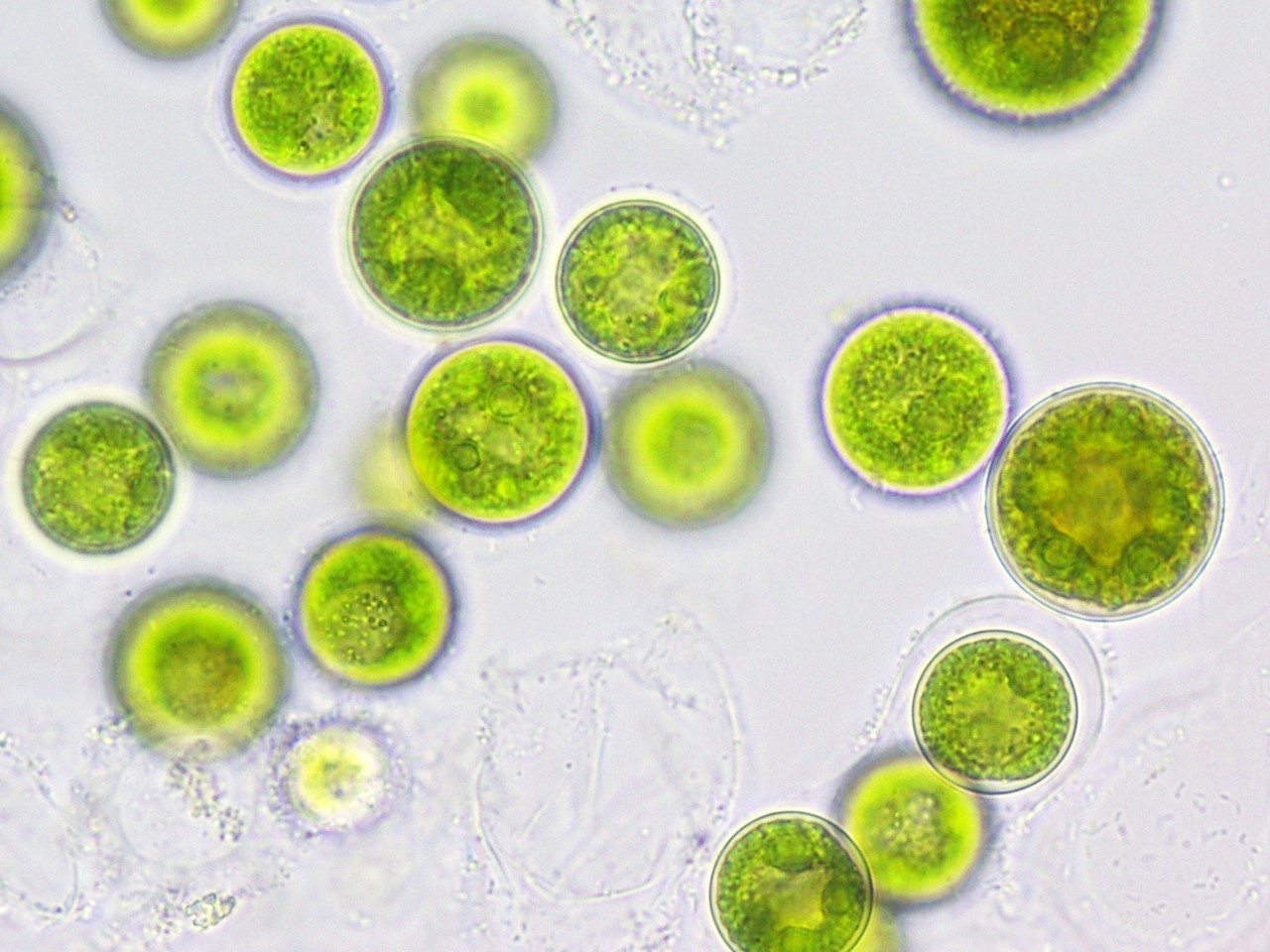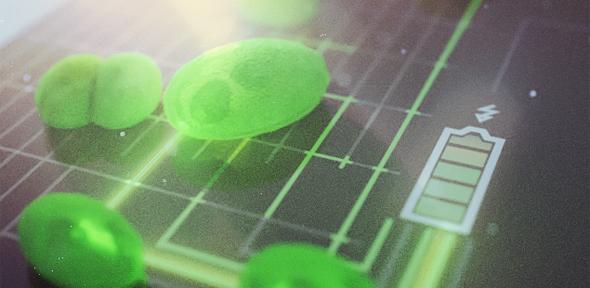Fuel Cells Five Times More Efficient than those in Existence Powered by Algae
As the global environmental crises dawns upon us, renewable energy models are taking centre stage. Around the world, conversations are swirling concerning what we, as a global society, will do to combat the negative effects of climate change.
In this direction, scientists at the University of Cambridge have now designed algae-powered fuel cells that are five times more efficient than existing plant and algal models, as well as potentially more cost-effective to produce and practical to use.
During photosynthesis, algae produce electrons, some of which are exported outside the cell where they can provide electric current to power devices. To date, all the BPVs demonstrated have located charging (light harvesting and electron generation) and power delivery (transfer to the electrical circuit) in a single compartment; the electrons generate current as soon as they have been secreted.
In the new tech, the researchers collaborated to develop a two-chamber BPV system where the two core processes involved in the operation of a solar cell – generation of electrons and the
ir conversion to power – are separated.“Charging and power delivery often have conflicting requirements,” explains Kadi Liis Saar, of the Department of Chemistry. “For example, the charging unit needs to be exposed to sunlight to allow efficient charging, whereas the power delivery part does not require exposure to light but should be effective at converting the electrons to current with minimal losses.”
“We took the process and saw there were two separate parts – one where you are generating the charge and one where you are converting the charge into power,” said the study’s co-author, Kadi Liis Saar, a chemistry PhD candidate at the university.
“We decoupled the parts from one another so they weren’t in a single chamber but two separate chambers – this way we were able to optimise both independently and get a better performance.”
The scientists also used “advanced algal cells where some genes were modified so they would have better performance,” said Ms Saar.
This design enhances performance and allows for storage, so that energy created during the day could be saved and used at night or on cloudy days. Cells that lack such storage capacity would not be as practical for widespread, commercial use.
At the present, these bio solar cells are not yet powerful enough for significant use; though their energy density of 0.5 Watts per square meter quintuples other algal cells, it’s still only a tenth of that found in conventional solar fuel cells.
“While conventional silicon-based solar cells are more efficient than algae-powered cells in the fraction of the sun’s energy they turn to electrical energy, there are attractive possibilities with other types of materials,” says Professor Christopher Howe from the Department of Biochemistry. “In particular, because algae grow and divide naturally, systems based on them may require less energy investment and can be produced in a decentralised fashion.”
“This a big step forward in the search for alternative, greener fuels,” says Dr Paolo Bombelli, from the Department of Biochemistry. “We believe these developments will bring algal-based systems closer to practical implementation.”
































